Some time ago, a reader reached out with a thoughtful question. Her family had lived in Zimbabwe years ago, and now that her children are grown and marrying, she wanted to share Shona culture and traditions with her in-laws — particularly around family, marriage, and ancestral customs. She asked whether there were ceremonies where the parents of the bride and groom formally meet, and how families come together in ways that honor these traditions.
From where I stood, I didn’t think there was an answer to her question. It reminded me how important it is to share our stories with our children. Fortunately, ever since I started this blog, family and friends have been eager to share their experiences with me. During my research, I discovered a traditional ceremony that allowed families to meet their new in-laws outside of funerals — the only kind of gathering most people I asked could recall.
The ceremony is called hwahwa hwekupinza vatezvara mumusha, literally ‘beer for inviting the father-in-law into the new home.’ In many ways, it functioned as a housewarming ceremony. It was rich with ancestral blessings and family connections, marking the start of a couple’s new chapter.
Musha mutsva: A new chapter
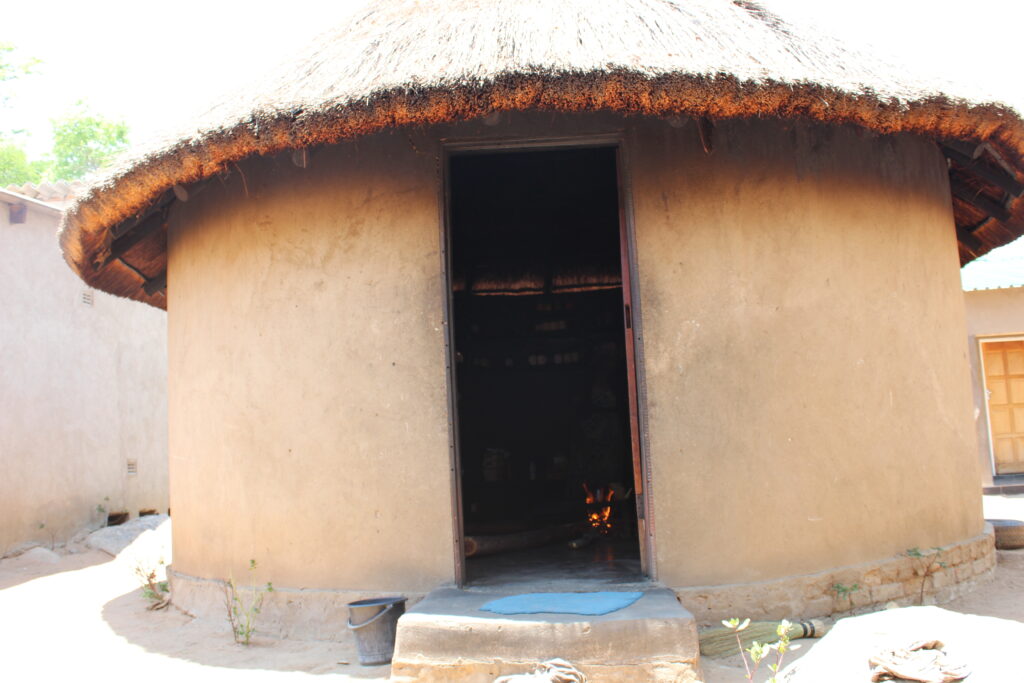
In traditional Shona society, marriage has never been just about two people. It has always involved two families — weaving together relationships, obligations, and respect between lineages.
Once a woman married, she became part of her husband’s family. In the past, this often meant moving into her husband’s parents’ homestead. Over time, as the young couple became more established, the husband would be allocated his own house or land by his father — a gift symbolizing independence, trust, and continuity.
When the couple finally settled, the daughter-in-law would host hwahwa hwekupinza vatezvara mumusha. This ceremony formally invited the father-in-law to see the couple’s new home and acknowledged the support and guidance of the family. It was a moment of gratitude, connection, and respect — a bridge between the past, present, and future.
When families meet
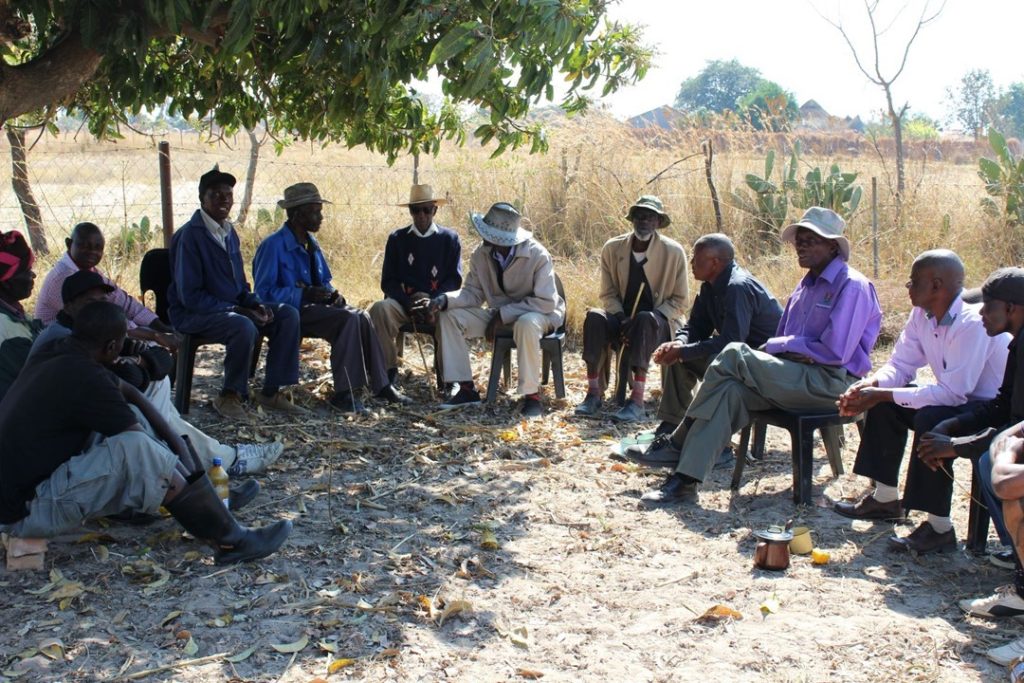
My mother and aunts were the ones who told me about this ceremony. Its main purpose was for the daughter-in-law to show her father-in-law the new home, but it is also the ceremony most closely associated with bringing in-laws together. My mother grew up in a family of five girls and was the youngest. Among her sisters, only my eldest aunt — now in her eighties — ever held this ceremony. They shared the details with me as they remembered them.
Their hazy recollections made me realize just how uncommon this ritual had become over time — by the time my generation reached young adulthood, it had almost disappeared. Perhaps lifestyle changes contributed to this: more young couples began starting out on their own in the city, often in rented homes, and today fewer are drawn to the idea of owning a rural homestead. Yet it reminded me that while traditions may fade, they live on in family memories, oral histories, and the stories elders pass down.
The ceremony provided a special opportunity for both families to meet formally. The daughter-in-law’s family would be invited, creating a warm and joyful gathering filled with food, laughter, and celebration. Guests often brought gifts for the new home — especially household and kitchen items for the young woman as she settled into her new life.
Hwahwa: Social celebration and ancestral blessing
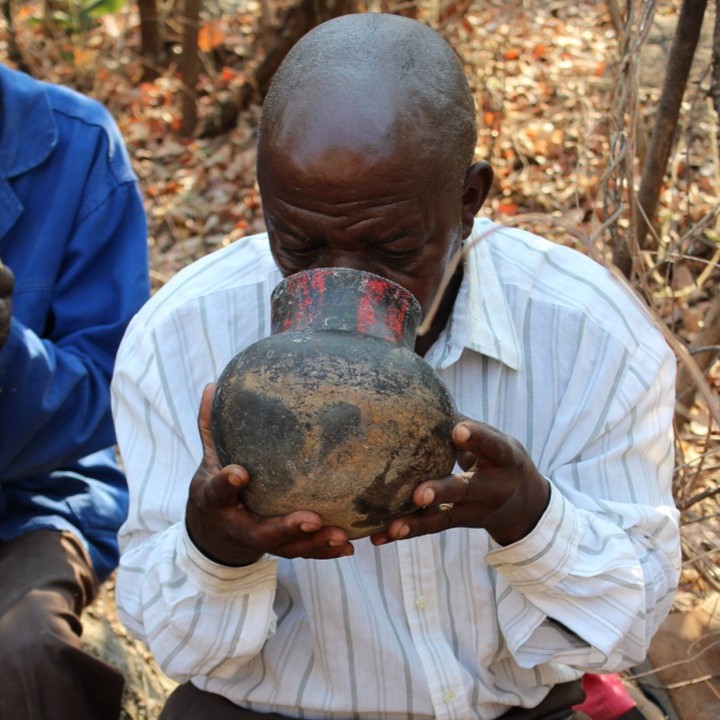
Like most Shona ceremonies, hwahwa — the seven-day traditional beer made from millet or sorghum — was central to the event. There’s an interesting nuance here: according to my mother and aunts, this ceremony was primarily a celebration — a chance for families to see the new home and enjoy beer together. They did not recall any libation being performed for the ancestors.
However, considering how deeply Shona ceremonies are intertwined with ancestral respect, it is possible that some families may have included a brief libation — pouring a small amount of beer to honor the ancestors and request blessings. Even if it was not formally part of my family’s ceremony, the structure of the event could have provided a fitting moment for such acknowledgment.
When performed, the libation might involve:
- Pouring a small amount of beer for the ancestors — often onto the ground, though sometimes at the huva, the platform at the front inside the hut
- Formally presenting the new home to the ancestors
- Thanking them for their protection
- Asking for blessings over the couple and their household
Only after this ritual would families share in the beer and festivities. The ceremony thus served a dual purpose: a social celebration for the living, and a sacred acknowledgment of ancestral guidance — connecting the household, the living, and those who came before.
This practice highlights a key Shona principle: ancestors are active participants in family life, and major milestones — even joyful ones — are incomplete without their recognition.
The role of the muzukuru

Every Shona ceremony has someone responsible for guiding the formalities — known as the dunzvi, often a muzukuru. A muzukuru is a nephew through a sister, generally anyone born from the line of women in a family.
For hwahwa hwekupinza vatezvara mumusha, the muzukuru would:
- Formally deliver the invitation to the father-in-law
- Preside over introductions on the day
- Present the new home on behalf of the couple
Most often, the muzukuru would be the husband’s sister’s son. If there wasn’t one, any of the other relatives who qualify as a muzukuru could take on the role. This position highlights how extended kinship ties in Shona society reinforced social order and respect. The muzukuru ensured the ceremony ran smoothly, honoring tradition while connecting generations.
Past vs. present: Evolution of the ceremony
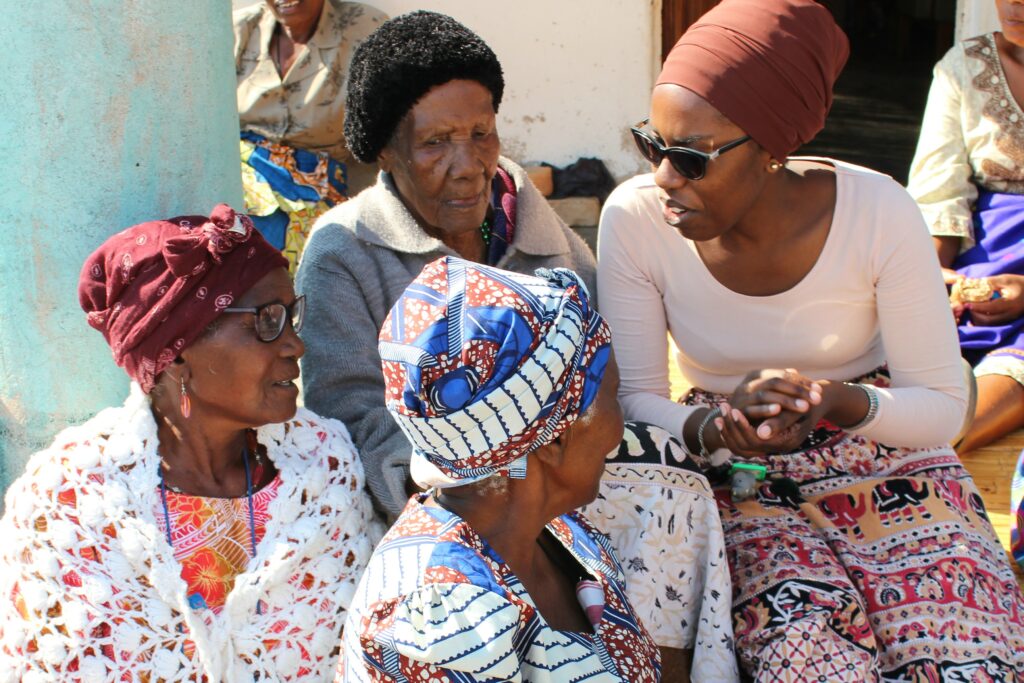
While the ceremony itself has largely faded, its spirit lives on. The modern-day housewarming still echoes its essence — friends and family are invited to celebrate a new home, bringing gifts and blessings for the household.
Today, families continue to:
- Meet at weddings, birthdays, and milestone celebrations
- Invite in-laws and their extended families to share in important moments
- Exchange stories about origins, childhood, and family history
However, the formal rituals, libations, and symbolic acts that once defined the traditional ceremony are now mostly absent. Urbanization, migration, and changes in religious beliefs have all played a part in this transformation.
Still, learning about hwahwa hwekupinza vatezvara mumusha offers a window into Shona values — the intentional cultivation of relationships, gratitude toward elders and ancestors, and the enduring importance of family connections.
Cultural reflections and lessons
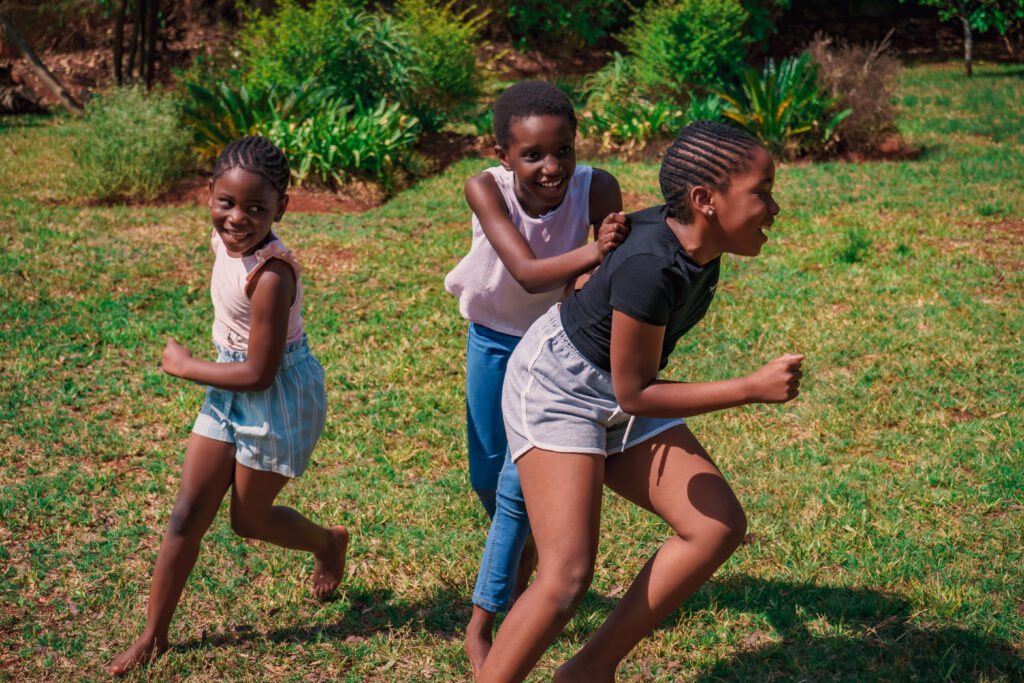
Ceremonies like hwahwa hwekupinza vatezvara mumusha show that culture is not just about customs — it’s about the relationships, respect, and gratitude that sustain families. Even if the tradition is rare today, its spirit can inspire modern gatherings, helping us pass down meaningful stories, values, and traditions to the next generation.
This ceremony reminds us of several enduring lessons:
- Connection is intentional: Relationships between families were cultivated, respected, and celebrated.
- Gratitude matters: Ceremonies acknowledged support from elders, in-laws, and ancestors.
- The past guides the present: Even if the ceremony is rare today, the principles behind it — respect, acknowledgment, and shared celebration — remain relevant.
As families navigate modern life, they can still borrow from tradition: sharing meals, telling stories, introducing in-laws formally, and honoring the bonds that unite households.
Your turn
Have you ever heard of or taken part in a ceremony like this? How does your family welcome in-laws or celebrate new homes? Share your stories in the comments — your experiences help keep our culture alive.
And if you, or someone you know, have an interesting story worth sharing, I’d love to hear it. You can reach me at shungu@zimboriginal.com.

